If you want great results come harvest time, start to build your success early — with the proper cannabis seedling care. This includes creating ideal conditions for your seeds when they still germinate and following our tips for the best practices during the seedling stage. It will save you time growing your sprouts and ensure that they move to the next stage (the vegetative one) full of vigour and in the best possible shape.
Medical marijuana is mostly grown indoors. And even if you keep your adult plants outside, you’d want to start them inside. The reason is that the seedling stage is the most delicate and vulnerable in the cannabis plant’s life. So most of what follows deals with indoor growing: a grow tent, a growbox, a special marijuana seedling starter kit, or even a window sill. And if you are willing to risk starting your sprouts outdoors, scroll to the bottom part of this article.
Also, some of you have probably never grown pot before. So you have no idea how a healthy young plant looks like, how fast it grows, and what are the stages of its development. We suggest that you read our article on weed seedling anatomy and growth progress (where you can also look at pictures). And if you suspect that you have run into some problems with your sprouts, read our guide to diagnosing and resolving cannabis seedling issues.
Cannabis Seedling Care: Let’s Create Ideal Conditions
Cannabis seedling care is a very easy thing. Young plants don’t require much light, water and nutrients, and there’s very little that you can do in the way of plant care. Instead, focus on creating the best possible conditions and then simply sit on your hands.
Marijuana Seedling Temp and Humidity
Temperature and humidity are of utmost importance. Moisture is what sets off marijuana germination, and the correct/ideal temperature range allows sprouts to grow vigorously from day 1. For marijuana in general, 70-90° F (20-30° C) temps during the day (when lights are on) is acceptable. But it’s better to aim at 73-82° F (23-28° C). Seedlings prefer the upper part of this range. Let’s say 80-82° F (26-28° C). The night temps should be about 5° lower.
| Temperature (day) | 80-82° F | 26-28° C |
| Temperature (night) | 5° lower than day temperature | |
| Relative Humidity | 60-70% | |
The correct humidity range for cannabis is the same as is recommended for human dwellings: 40-60%. It’s very convenient for those who grow at home. Seedlings prefer a bit more humid conditions than vegging or flowering plants. So aim at 60 to 70 percent, and you’ll be alright. If the air in your grow room is drier than recommended, you can use a humidity dome to cover your sprouts. Better still, buy a starter kit for seedlings which comes not only with a dome, but also with a heat mat. This allows for easier temperature control as well.
Marijuana Seedling Light Needs: Type, Intensity, Distance
Weed plants need light throughout their life cycle, but during the seedling stage not really so much. And if you wonder how much light is ideal, we recommend to err on the side of caution.
It’s hardly the best option to keep your cannabis seedlings under HPS grow lights. Use weaker lights, instead, like CFLs, T5s, or LED lights. This will not only allow you to save on electricity, but spare your sprouts from shock. And if you insist on using HPS or other high intensity discharge (HID) lamps, raise them high, probably as high as your grow room allows.
Still, under light of this type, seedlings can show signs of stress, slow down their growth, and demonstrate various worrying symptoms. In this case, though it may seem counterintuitive to you, you’ll see better results if you temporarily keep your weed in the window — until it’s mature enough to handle strong light.
When to Put Weed Seedling Under Light?
Some growers do it even before their sprouts emerge from the medium. Others wait first for the germination to complete. So, when the seeds break the surface, put them under light. Before that, it’s completely optional.
Distance from Light
If you follow our recommendations and use weaker types of light, like CFL, there’s a question of CFL light distance. The optimal light height is at least 4 inches (10 cm) for the first couple of days, even for such weak bulbs as 20W or so. Let the seedlings stretch toward light instead of being pounded by it. If you see that your seedling stays short and its leaves won’t grow or worse—turn yellow and dry—the light is too close.
The same goes for young plants that grow under T5 or under LED lights — keep a comfortable distance. Nobody likes stretchy plants and especially stretchy seedlings, but 2-3 inches (5-7 cm) in the first few days is healthy and desirable. Unless the stem bends over, it’s okay. So start far away and move the light closer, if your plants start to stretch too much. If you use LED and can measure PPFD, start with a conservative level of 200, although you can get away with 300-400, too.
Is Ventilation Important for Cannabis Seedling Care?
Very small plants obviously need very small amounts of light and water for photosynthesis, and, correspondingly, very little CO2. And one of the main reasons to use ventilation in your grow room is to provide plants with the fresh supply of CO2. The bottom line is you don’t really need any extractor fan for seedlings. But the other reason to use ventilation is to control temperature. If you need fans for that, by all means use them.
There is another type of fan that growers use in their grow tents — the one that blows air in the vicinity of plants and helps to mix air inside the grow space, to prevent mold issues, and to cause the plants to sway a little and thus make stems and branches stronger. You can use a fan on seedlings for this purpose, but be sure that it doesn’t blow directly on them. Otherwise, you might experience the cannabis seedling wind burn.
Marijuana Seedling Light Schedule
Even novice growers understand that cannabis needs light to transform its energy into plant matter. And the more light hours a seedling gets, the more energy it has a chance to absorb. So the question is: do marijuana seedlings need 24 hours of light?
They can certainly take it, no problem, but they hardly really need so many light hours. Many experienced growers argue that nighttime is important for plants because it gives them some rest which protects them from overstress. Besides, there is this theory that the root system grows more actively during dark and cool hours, so think about it when you decide not to turn off lights in the evening, or decide to give your plants a good watering before the lights-off. Either action won’t do your plants any good (probably).
So we suggest that you experiment with more conservative light schedules: 18/6 or 20/4. However, in our personal experience, the 24 hour light schedule works fine, too. Just don’t forget to change it to 18 hours of day and 6 hours of night when the seedling turns into a young plant, i.e. it enters the vegetative stage and starts to grow very rapidly.
Weed Seedlings Can be Grown in Various Mediums
The choice of the medium really depends on where you plan to keep your plants after the seedling stage is over and you are ready to transplant. It’s very convenient to put sprouts into rockwool for a DWC grow. When you grow in coco, it’s best to start in coco.
If your grow medium of choice is potting soil, use small pots or party cups filled with soil. As far as pot size is concerned, 8-10 fl oz (250-500 ml) containers should be enough for the first 2 weeks. Alternatively. you can grow seedlings in jiffy pellets or jiffy cups. Some growers look down upon them, but they are definitely convenient when you need to transplant without stress. Especially if you start your seedlings indoors but plan to move them outside.
Marijuana Seedling Transfer
You should never forget that repotting marijuana seedling is a risky and potentially stressful procedure that can slow down or even stop growth, and this is especially dangerous for autoflowers. If you don’t want to see your cannabis seedling drooping or wilting after transplant, you should do it as quickly as possible and give the root zone the least disturbance.
Don’t Fuss Too Much over Cannabis Seedling Care!
There’s only so much that you can do when your medical marijuana is still small. Apart from watering and maybe occasional feeding, sprouts hardly need any love and care. So let’s look at what you actually can do.
Watering (Obligatory, Duh)
This is the single most important thing of cannabis seedling care.
How much water do your seedlings need and when is best to give it to them? Well, if you keep your young plants in party cups or very small containers, it’s pretty straightforward: when the surface of the soil is dry and the cup or container feels light, it’s time to water. For a 8 fl oz cup (250 ml), 2 fl oz (50 ml) of water should be enough. For bigger pots, adjust the water amount accordingly.
It’s not recommended to put your seeds or sprouts into final size containers (where the plants will spend all their life, till harvest). This makes it very difficult to come up with the right watering schedule and calculate the ideal amount of water.
Watering Autoflower Seedlings
Autoflowers don’t like being transplanted, and it’s best to grow autos in the same container from seed to harvest. So, if you put your seedling in a big pot, you’ll probably need to water the whole container lightly once and then pour only very small amounts and only near the seedling, gradually widening this area and increasing the water amount. It’s difficult for a newbie and is best reserved for growers with some experience.
The Best Time of Day for Watering
Always try to water your plants in the morning, that is at the very start of the period when water is needed the most: for photosynthesis and perspiration. During the night, photosynthesis is nonexistent, and perspiration slows down. Besides, roots which supposedly grow most actively during the dark hours don’t need water for this, and an excess will suffocate them.
Feeding (Optional in Many Cases)
Grow your weed seedlings in soil and you’ll probably never need to feed them until they enter the vegging stage sometime after two weeks. It’s because a soil mix that you can buy in a store is pre-loaded with plant food. You can still try and boost the growth by giving your seedlings a very light dose of nutrients. Start with about a quarter of what a fertilizer manufacturer recommends. And even in this case, make your first feeding when the plant is at least 2 weeks old (1 week for risk takers and rule breakers).
Of course, in hydro or coco, there are no nutrients in the medium whatsoever. So, you’ll have to add some to your solution from the very beginning. We recommend 100 PPM for a start, with up to 400 PPM as you progress. It’s better to underfeed and increase the dosage as needed than overfeed and flush. Cannabis seedling and flushing are two things that don’t go well together
Marijuana seedlings need the same pH level as mature plants. pH is a constant throughout the plant’s life cycle. It’s 6.0-6.5 in soil and 5.5-6.0 in hydroponics.
Growing a Marijuana Seedling Outdoors
Believe it or not, cannabis does grow outdoors in the wild, but you’ve probably paid a pretty penny for seeds and aren’t eager to expose your precious seedlings to elements too early. We can only commend you for that. It’s best to start inside and put marijuana seedlings outside when they’re healthy, robust, and growing rapidly, and not younger than two weeks from sprout. At this stage, they can take pretty much any weather and not only survive, but continue to get bigger and stronger. If they are just a couple of days old, a heavy rain, let alone hail, can kill them.
However, we admit that some growers simply can’t start their seedlings inside. So when is it more or less safe to start your outdoor grow? Look at the weather forecast and choose a period when there can be no early morning frosts anymore, and the outside temperature during the day is at least 60° F (15° C). Mind you that at this temperature your seedlings will be in the survival mode. Look above for the correct and ideal temperature range.
As for sunlight—which can also be deadly for very young plants—you can provide some shade for them in the afternoon to protect them from full sun. The same principle applies when you start indoors and want to make your young plants get accustomed to the sun. We used to believe that marijuana seedlings shouldn’t be in direct sunlight for a whole day, but some experiments have shown that in spring this rule can be ignored. In summer, it’s best to expose your seedlings to direct sunlight only for a couple of hours in the morning and the evening when the air is cool enough, but never around noon.
Cannabis Seedling Care: Take Things Easy!
First-time growers tend to get nervous at the slightest sign of trouble, real or imaginary, especially during the germination and the seedling stage. But there’s no need to panic. Keep it simple, and you and your plant will be just fine!
External Links:
Factors determining yield and quality of illicit indoor cannabis (Cannabis spp.) production, Wouter Vanhove
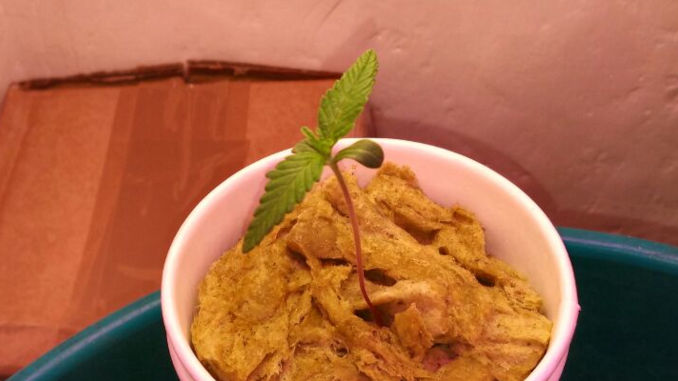
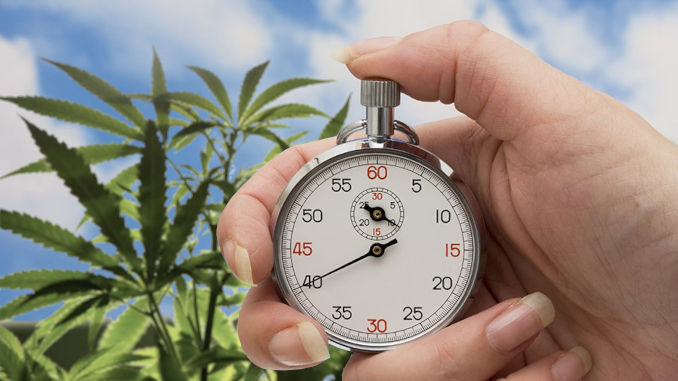
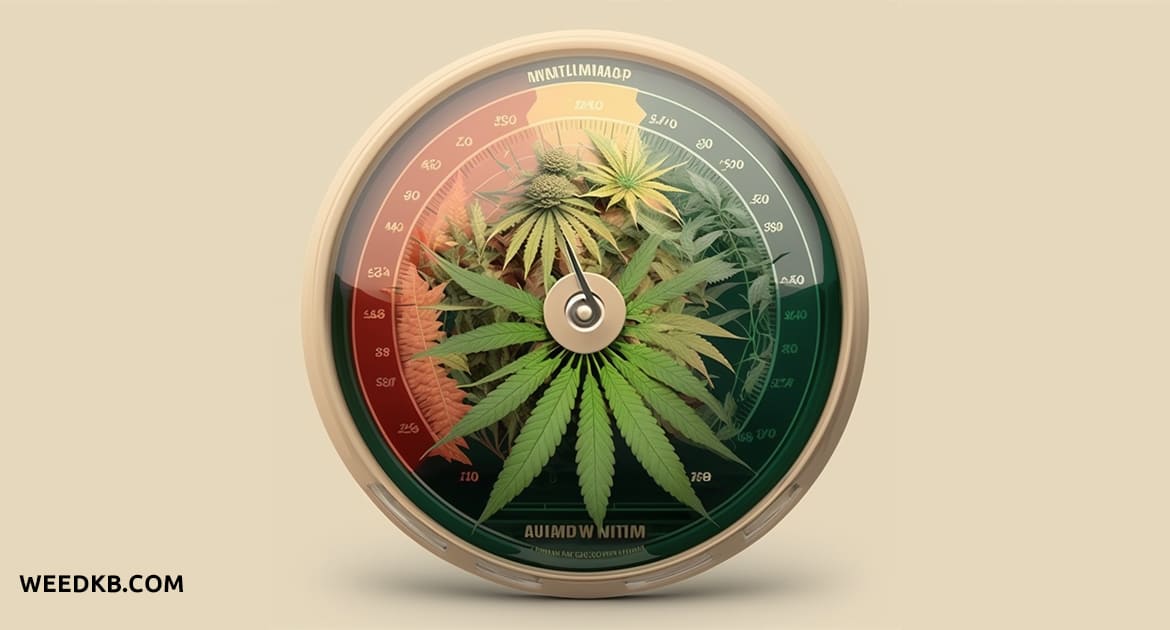
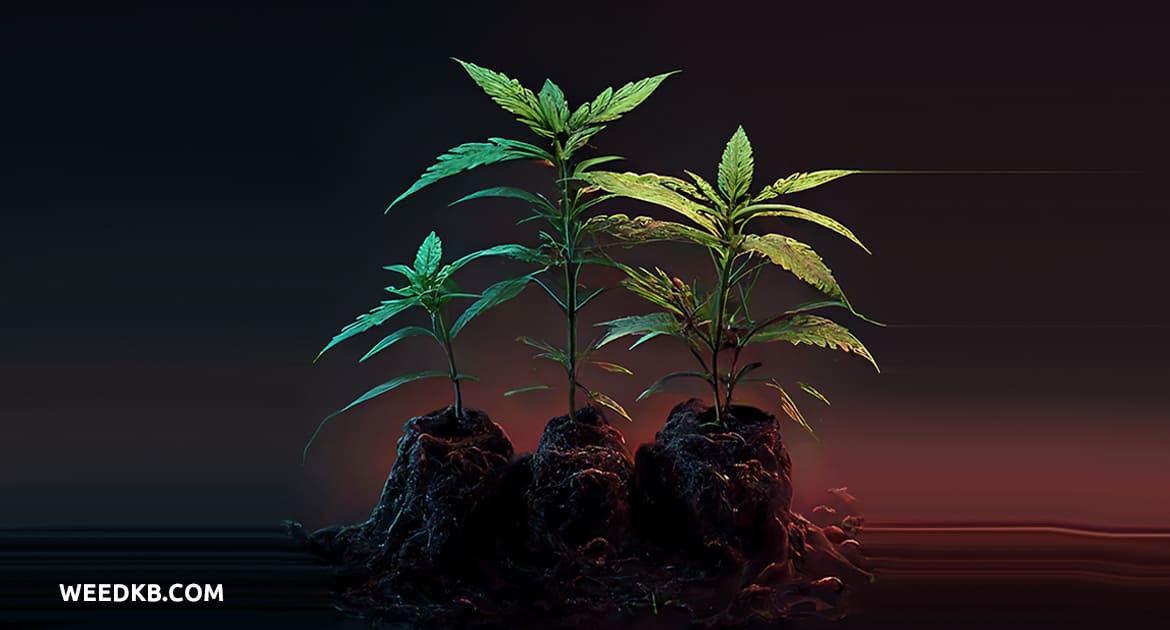
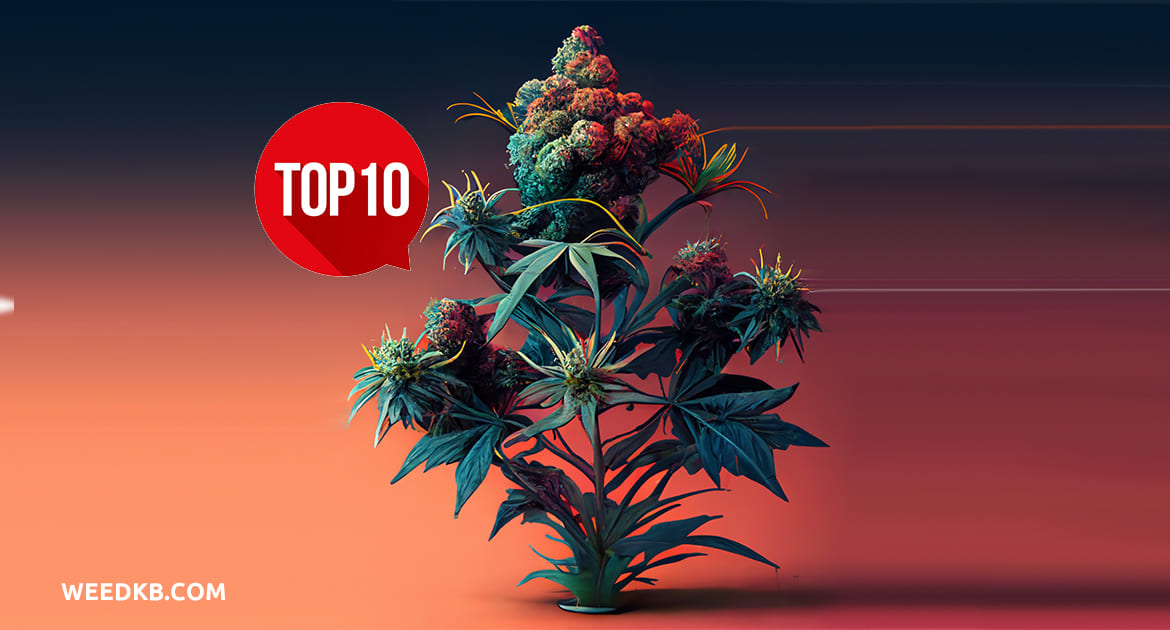

Comments